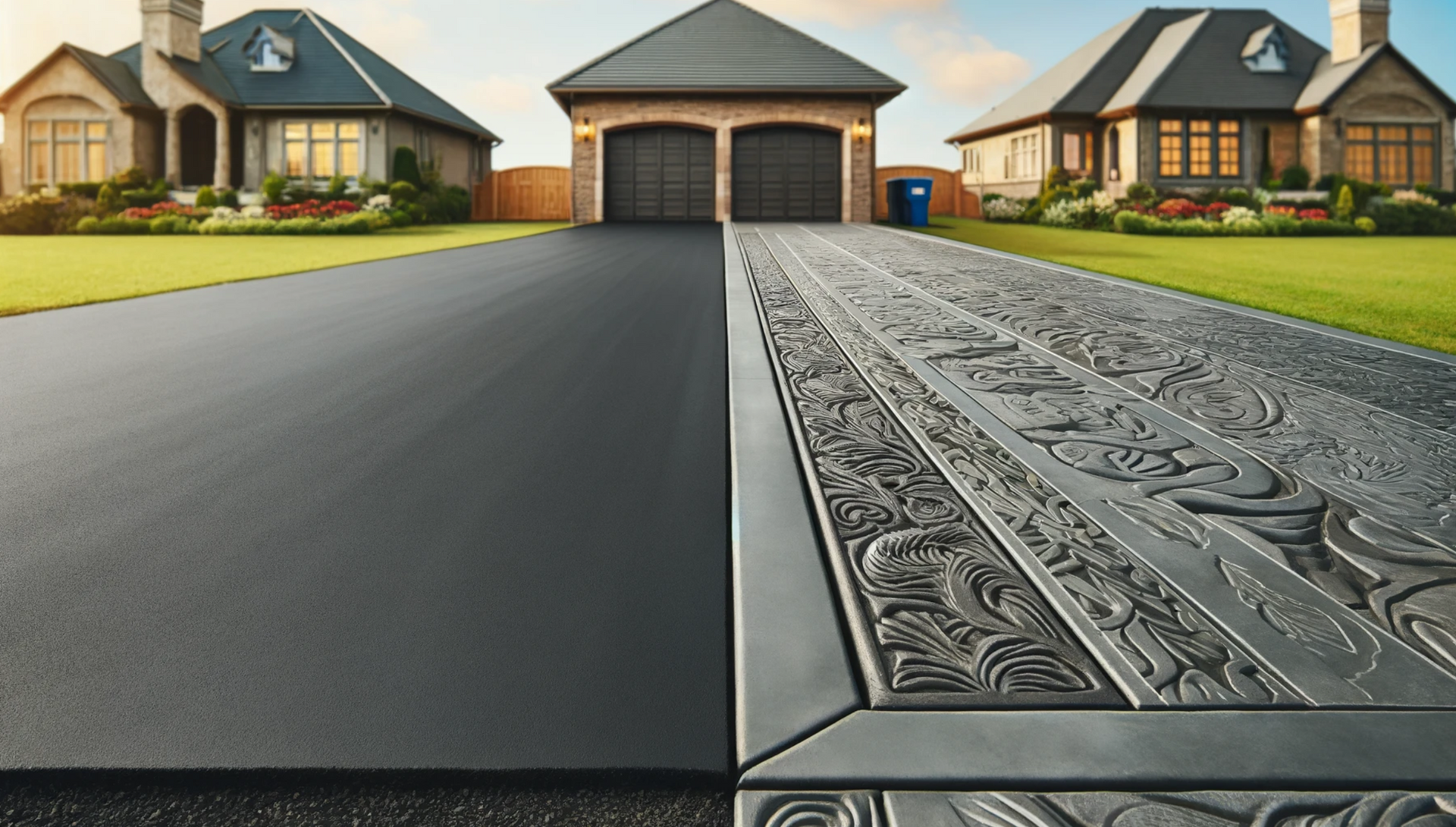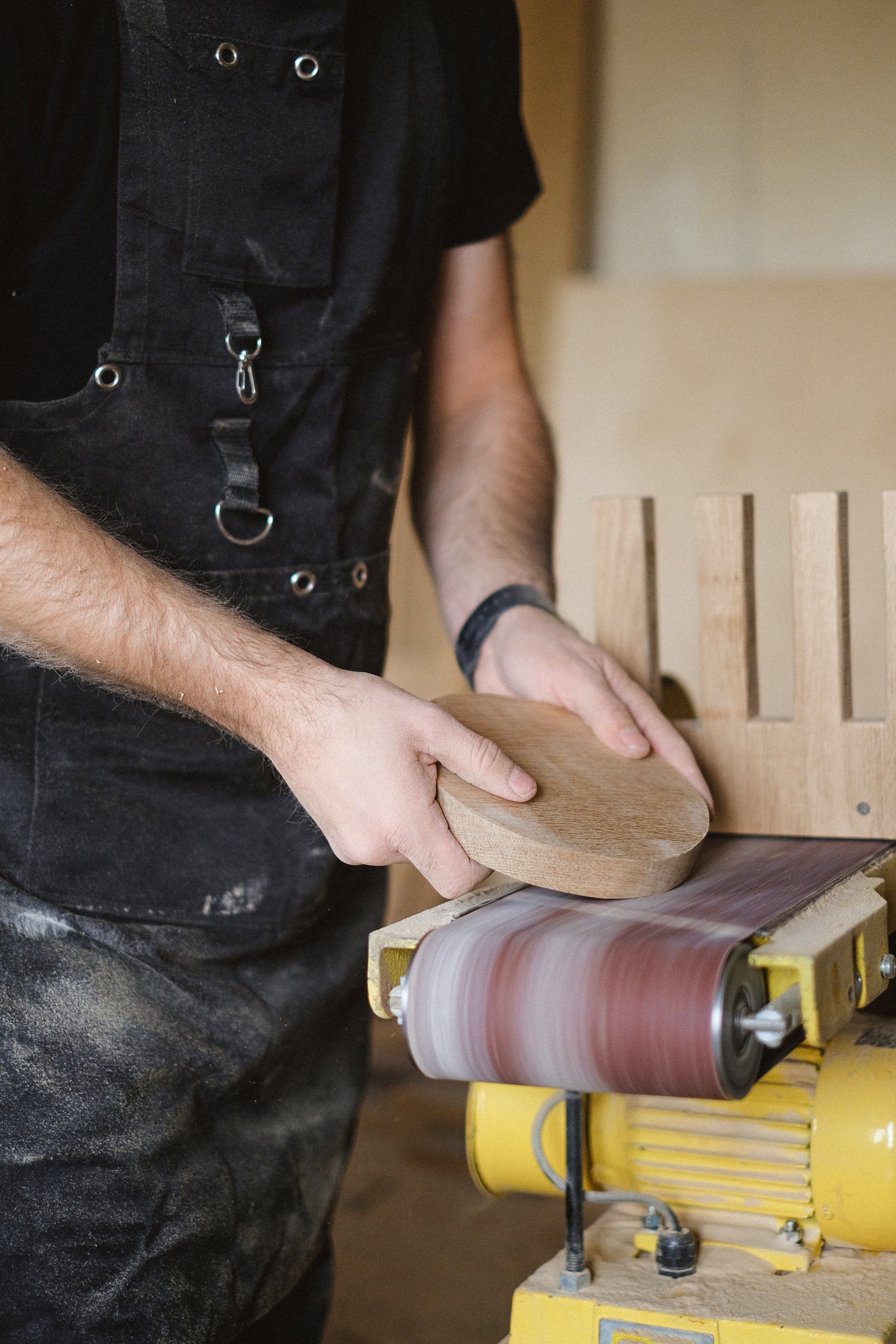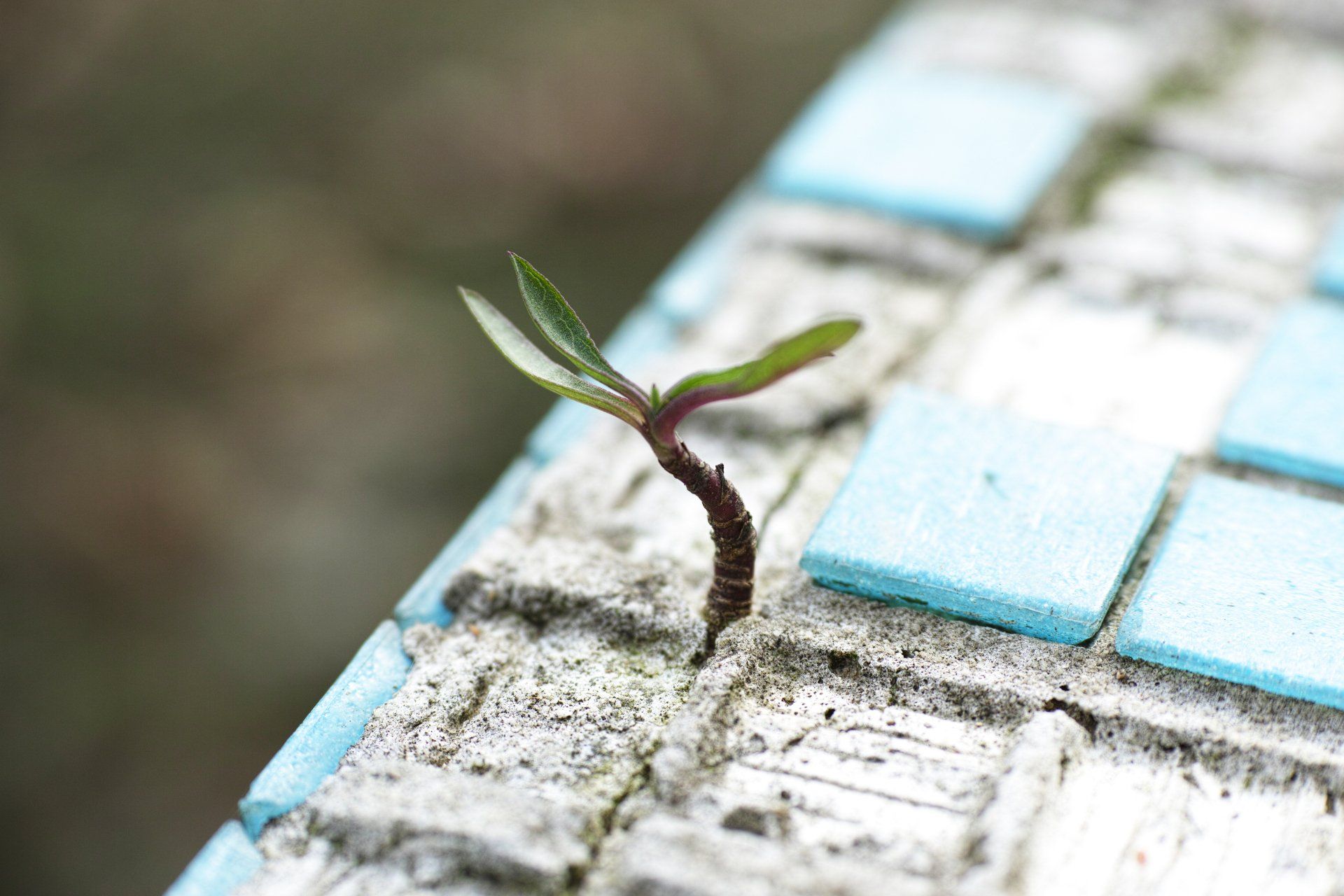Step-by-Step Tutorial: How to Pour Concrete in Your Next Home Project
Welcome to our comprehensive guide on how to pour concrete for your next home project. Whether you're building a patio, walkway, or foundation, mastering the art of pouring concrete is essential for a successful and durable construction. In this step-by-step tutorial, we'll walk you through the entire process, from preparation to finishing touches, ensuring you create a professional-grade concrete structure.
Understanding the Basics of Concrete
Before we dive into the pouring process, it's crucial to understand what concrete is and how it works. Concrete is a mixture of cement, sand, gravel, and water that, when combined, forms a strong and resilient building material. The cement acts as the binder that holds the other components together, creating a solid mass that can withstand significant weight and pressure.
Gather Your Tools and Materials
For any concrete project, you'll need to gather the necessary tools and materials beforehand to ensure a smooth and efficient workflow. Here's a list of items you'll need:
Tools
- Shovel or excavator
- Wheelbarrow or mixing container
- Concrete mixer (optional but recommended for large projects)
- Screed board
- Bull float
- Edger
- Trowel
- Broom
Materials
- Cement
- Sand
- Gravel (also known as aggregate)
- Water
- Reinforcement materials (if needed)
Preparing the Site
The key to a successful concrete pour is proper site preparation. Here are the steps to ensure your site is ready for pouring:
1. Marking the Area
Outline the area where you'll be pouring concrete, using stakes and string lines for accuracy. This step ensures that your concrete structure will be properly sized and shaped.
2. Excavation
With the area marked, begin excavating the site to the required depth. Remove any debris, rocks, or organic materials from the area. Ensure the subsoil is compact and level to provide a stable base for the concrete.
3. Creating a Formwork
Construct a formwork using wooden boards or metal stakes and panels. The formwork holds the concrete in place during the pour and gives it the desired shape. Make sure the formwork is sturdy and well-braced to prevent leaks and shifting during pouring.
4. Adding Reinforcement (If Necessary)
Depending on the scale of your project and the intended load-bearing capacity, you might need to add reinforcement materials, such as rebar or wire mesh, to strengthen the concrete. Place the reinforcement within the formwork before pouring the concrete.
Mixing the Concrete
Now that the site is ready, it's time to mix the concrete. Proper mixing is crucial for achieving a uniform and strong concrete mixture. You have two options for mixing: manual or using a concrete mixer.
Manual Mixing
To manually mix concrete, follow these steps:
In the wheelbarrow or mixing container, combine the cement, sand, and gravel in the appropriate ratio (usually 1:2:3).
Gradually add water while continuously mixing until you achieve a consistent, workable mixture.
Avoid adding too much water, as it can weaken the concrete.
Using a Concrete Mixer
If you have a large project, using a concrete mixer is highly recommended. The steps are as follows:
Start by adding water to the mixer.
Add the cement, sand, and gravel in the specified proportions.
Allow the mixer to run until the concrete is thoroughly mixed and has a uniform texture.
H2: Pouring and Leveling the Concrete
With the concrete mixed, it's time to pour it into the prepared formwork:
1. Pouring
Carefully pour the concrete into the formwork, starting from one end and working your way to the other. Avoid excessive pouring speed to prevent segregation of the mix.
2. Leveling
Use a screed board to level the concrete surface. Place the screed board on the formwork and pull it along the edges to even out the concrete. Fill any low spots with additional concrete.
3. Floating
Once the concrete is reasonably leveled, use a bull float to smooth the surface and remove any imperfections. This step also helps bring the cream (a creamy paste) to the surface, enhancing the concrete's finish.
4. Edging
After floating, use an edger to create smooth, rounded edges along the concrete's perimeter. This not only improves aesthetics but also helps prevent chipping and cracking over time.
Curing and Finishing
The curing process is essential to ensure the concrete reaches its maximum strength and durability:
1. Covering and Moistening
Immediately after finishing, cover the concrete with wet burlap or plastic sheeting to retain moisture. Keeping the concrete moist during curing prevents cracking and improves its overall strength.
2. Curing Time
Allow the concrete to cure for at least 7 days, though a longer curing period (up to 28 days) is even better for optimal strength development.
3. Finishing Touches
Once the curing period is over, you can remove the formwork and perform any additional finishing touches, such as staining or sealing the concrete for added protection and aesthetics.
Conclusion
Congratulations! You've successfully poured concrete for your home project. Following this step-by-step tutorial, combined with your attention to detail, will ensure that you create a strong and long-lasting concrete structure. Remember, practice makes perfect, so don't be afraid to take on more concrete projects to refine your skills.
Are Ready To Work With HAMILTON CONCRETE WORKS?
Let's get in touch!
Send us a message and we’ll be in touch.
Or give us a call today at 289-204-1632











